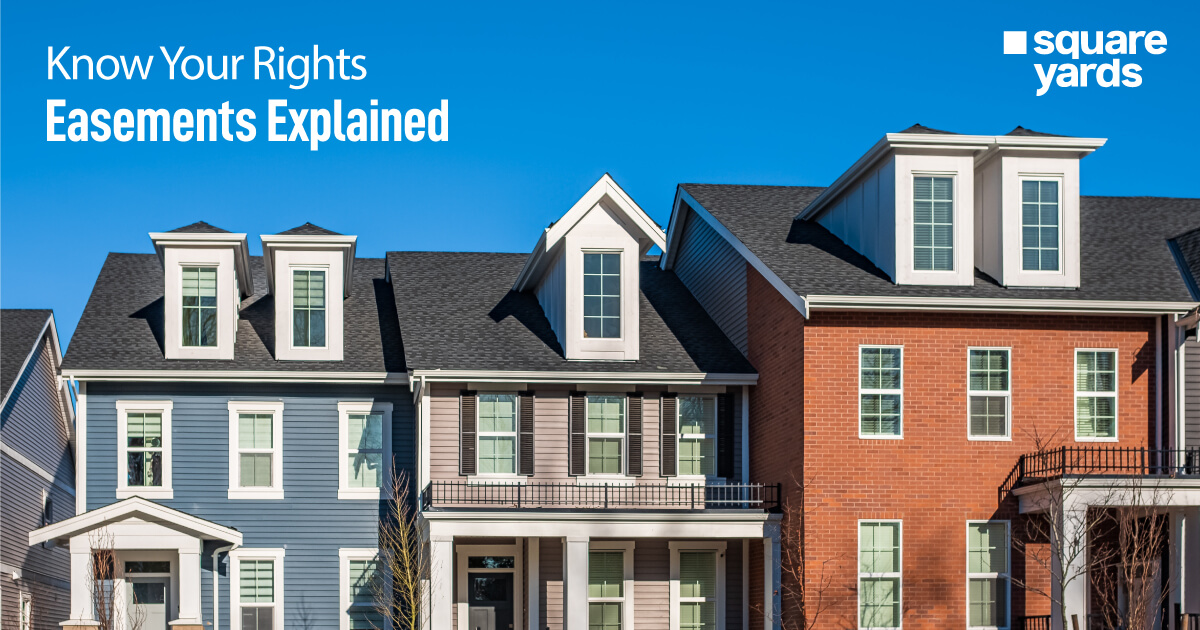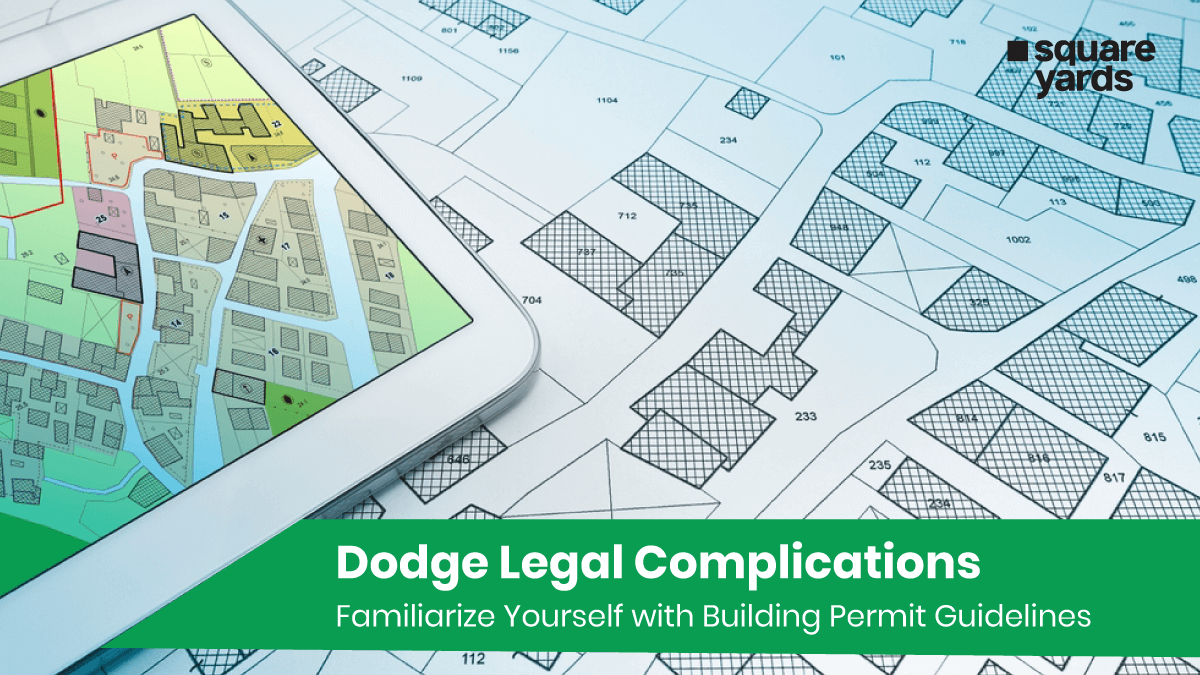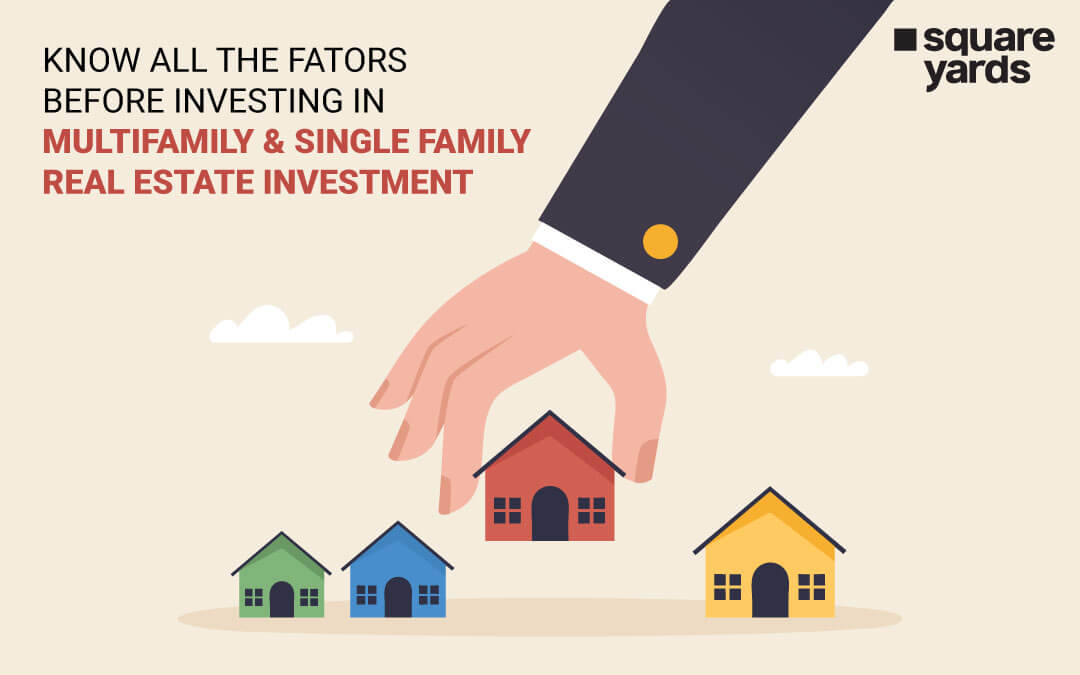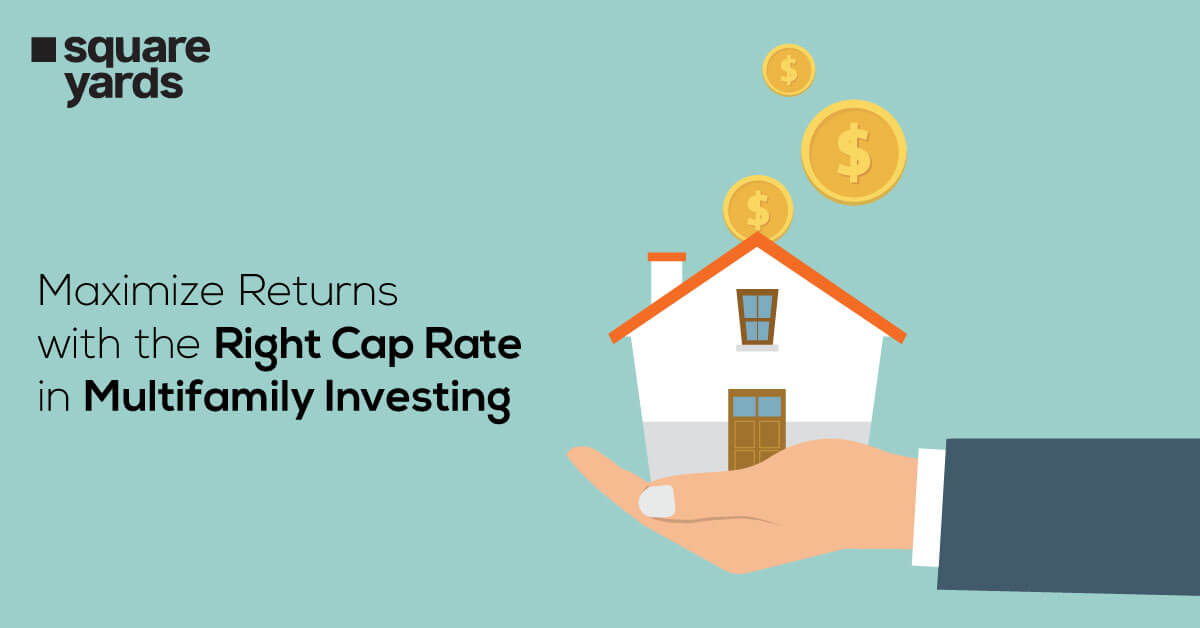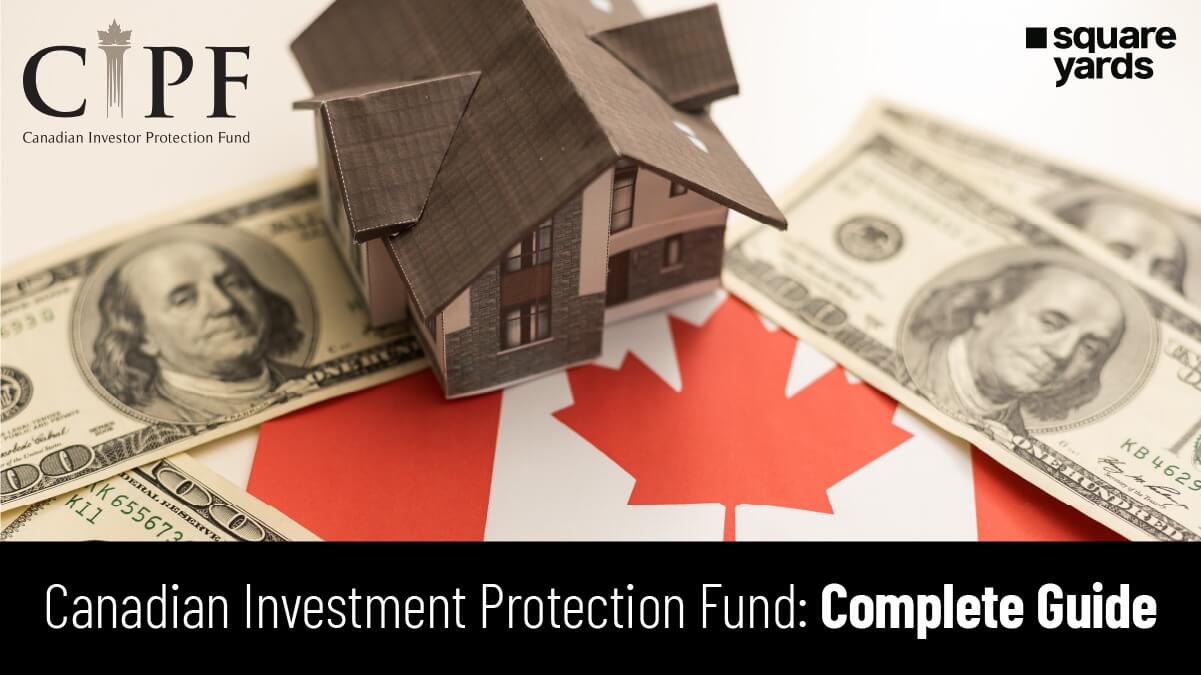In the realm of property law, easements can be a source of both opportunity and restriction. Ever wondered if that neighbour’s right of way across your property is legal? Or would you like to install a solar panel easement on your roof? Easements are a complex area of property law, but understanding them is crucial for property owners. In this blog series, we will discuss easements’ ins and outs, how they affect you and your property, and your rights and responsibilities.
Understanding Easement on a House
An easement on your property is a legal right that allows an individual or organisation to use a specific part of your property for a particular purpose. Essentially, it grants permission for someone else to use your land in a defined way without becoming the owner. Easements are commonly granted to entities such as utility companies, government agencies, or neighbouring property owners. A utility company may need to access an electrical pole on your land, while you may need to use a portion of your neighbour’s land to reach your garage. Easements are distinct from leases or rentals because they do not involve payments to the property owner. Rather, an easement is simply a legal agreement that permits someone else to use your land in a specific manner. Before making an offer on a house, homebuyers must check for an easement on the property. Real estate attorneys or title companies can help you do an easement search.
How Easements Affect Property Owners

Easements can significantly impact property owners in various ways. This right can influence property usage, access, and overall value.
Here are some key ways easements can affect property owners:
-
- Utility Easement: A utility easement allows utility companies to access your land to maintain and provide essential services like gas, electricity, water, and cable/ internet. This easement permits them to perform necessary tasks, such as laying underground lines or installing poles, without your permission. However, it doesn’t grant unrestricted access to your property. Additionally, the easement may restrict your land use, such as prohibiting planting trees that could obstruct power lines.
- Public Easements: These rights permit the public to use a specific area specified in the access right. For example, if a path in your backyard leads to a nearby park, anyone can use it anytime if the city has granted access.
- Easement Appurtenant: An easement appurtenant pertains to the property and endures despite changes in ownership. For instance, a property may possess an easement that grants sole access to a private fishing pond shared by two neighbours. Even if the property is sold, the new proprietors must allow their neighbours access to the pond through the easement because it is tied to the property.
- Easement in Gross: An easement in gross is granted to a person or entity not tied to the property. For example, a friend may have the right to hunt on your land, or a utility company might have access to maintenance. This easement lasts until the holder dies or sells the property. You can transfer or revoke the easement when you sell your property, but utility companies can contest revocations in court. The new owner can transfer the easement within the property, but the original holder cannot pass their rights to someone else. The easement remains personal and non-transferable without the property owner’s consent.
- Implied Easements: Implied easements are not documented in written agreements. However, if two neighbours have consistently agreed on a specific use of the property over time, this can establish an implied easement. The non-owner may gain legal access rights based on the established usage pattern. In case of a dispute, the property’s historical use will support the easement claim. Since implied easements are not recorded on the property deed, they may be contested if the property is sold.
- Perspective Easements: A prescriptive easement is when someone uses your land repeatedly for a specific purpose over a certain period of time. For instance, imagine your neighbour taking a shortcut by crossing your property. Though there is no official road, continued use without protest from you could create a prescriptive easement. Another example could be if a neighbour uses your boat dock without permission but has done so for five years. This can result in a prescriptive easement allowing them to continue using your property for such activities in the future.
- Easements by Necessity: Easements by necessity are legal provisions that allow access to a property when it is otherwise landlocked and inaccessible. These easements ensure that a property owner can reach their land, usually by crossing a neighbouring property. For example, if a land parcel has no public road access, the owner may be granted an easement by necessity to cross an adjoining property to reach the nearest road. This type of easement is not recorded in a deed but arises from the essential need for access. Easements by necessity remain in effect as long as the necessity exists.
How to Determine if There’s an Easement on Your Property?
When purchasing a property, it is important to verify if there is an easement. Fortunately, this is something you can do yourself:-
-
- Check the property deed: To determine if there’s an easement on your property, refer to the property deed. It typically indicates if an easement exists.
- Look for physical signs: Check for utility poles, pipelines, or other markers that suggest an easement on your property.
- Review public records: Visit your local county office to see if there are any recorded easements on your property.
- Ask your neighbours: Ask your neighbours if they know of any easements. They may have information from living in the area longer. This is an easy way to get insights about potential easements.
Consequences of Having an Easement on Your Property
Having an easement on your property can have several consequences:
-
- Usage Restrictions: Easements may limit your use of certain parts of your property. For instance, you might not be able to build structures or plant trees in areas where an easement exists.
- Property Value Impact: An easement’s presence can affect your property’s value. The easement’s impact on property value varies; while some easements, like those for utilities, are common and may not significantly impact value, others could make the property less desirable.
- Access for Easement Holder: The easement holder, such as a utility company or a neighbour, can access your property to perform specific tasks related to the easement.
- Maintenance Responsibilities: Some easements require the property owner to maintain the area around the easement, such as a shared driveway or pathway.
- Legal and Financial Implications: Disputes over easement rights can lead to legal battles and associated costs. It’s important to fully understand any easements on your property to avoid potential conflicts.
- Transferability Issues: When selling your property, existing easements may complicate the transaction or make it less attractive to potential buyers.
Removing an Easement on Your Property
If you realise that an easement negatively impacts you after purchasing a property, consider removing it. Here are some ways to remove an easement from your property:
-
- Negotiate with the Easement Holder: Contact the easement holder to discuss removing or modifying the easement. Mutual agreement is often the simplest way to remove an easement.
- Legal Action: If negotiations fail, you may need to pursue legal action. This involves filing a lawsuit to terminate the easement, which will require demonstrating that the easement is no longer necessary or that conditions have changed.
- Purchase the Easement: You might not be aware, but you can buy the easement from the holder to remove it from your property. This approach is less complicated but can be expensive.
- Terminate the Easement: You can have the easement terminated if it is no longer serving its intended purpose.
Please note that not every easement can be removed. Examples include utility easements such as power lines and telecommunication towers.
Conclusion
An easement is a legal concept that grants someone the right to use a portion of your property for a specific purpose. This can include allowing a neighbour to use a portion of your driveway or providing a utility company with the right to run power lines through a section of your land. While easements can be beneficial in some instances, they can also be a source of headaches for property owners. It is important to be aware of any easements associated with your land and understand how they may impact you or your use of the property. Real estate law and easements are intricate and can be challenging to navigate. Therefore, it is advisable to consult with a real estate attorney when attempting to uncover any hidden issues associated with a property.
You May Also Read :
|
Guide To Green Investment in Canada |
|
|
Explore Property Survey in Canada |
|
|
Know The Power of Attorney in Ontario |
|
|
All About Prohibition Act in Canada |
Frequently Asked Questions (FAQs)
What is the easement law in Canada?
In Canada, easement law permits legal rights to use another's land for specific purposes established through grants, agreements, necessities, or prescriptions. Easements are recorded on property titles and can be terminated by mutual agreement, legal action, or if no longer necessary. Provincial laws govern specific regulations.
How is easement right affected?
Easement rights can be affected by changes in property ownership, non-use, mutual agreement to terminate, or legal action. Additionally, if the easement is no longer necessary for its intended purpose, it may be terminated.
What is the difference between an easement and a right of way in BC?
In BC, an easement is a legal right to use another's property for a specific purpose. In contrast, a right of way is an easement specifically granting access to another's land. The key difference is that all rights of way are easements, but not all are rights of way.
How do you get rid of an easement in BC?
In British Columbia, you can remove an easement by mutual agreement with the easement holder, through legal action if the easement is no longer necessary, or by proving the easement has been abandoned. Ensure all changes are properly documented and recorded with the land title office.
What is the limitation for the right of easement?
The right of easement is limited by restrictions on the scope of use, duration, and changes in property conditions. Easements must be used only for their intended purpose and cannot be expanded beyond the agreed terms. Additionally, easements can be terminated by mutual agreement, abandonment, or if they are no longer necessary.

